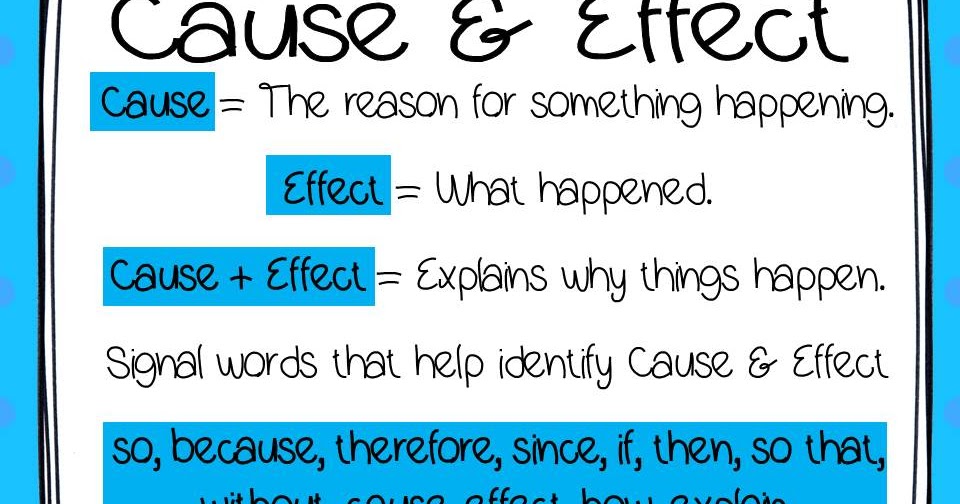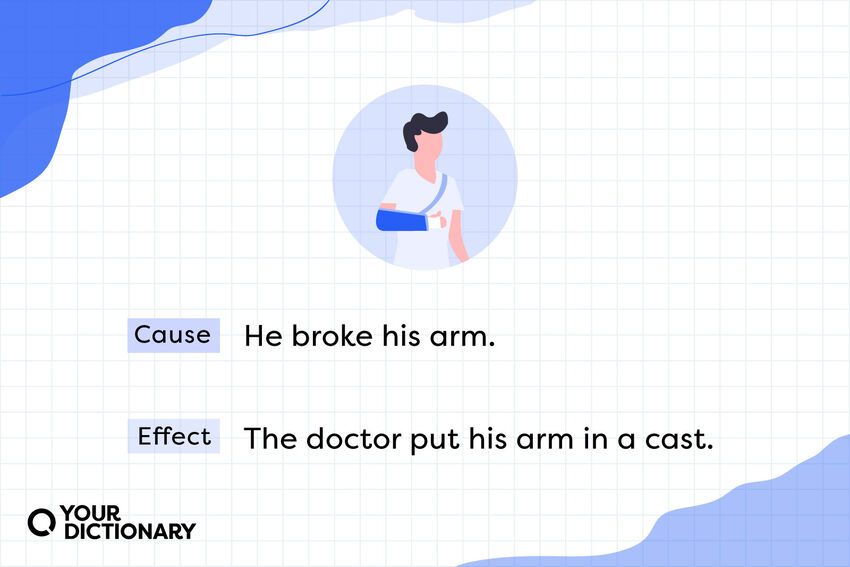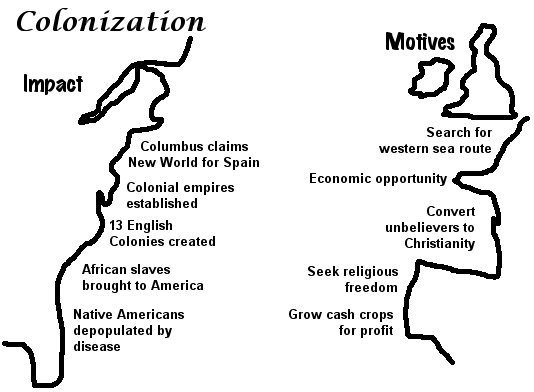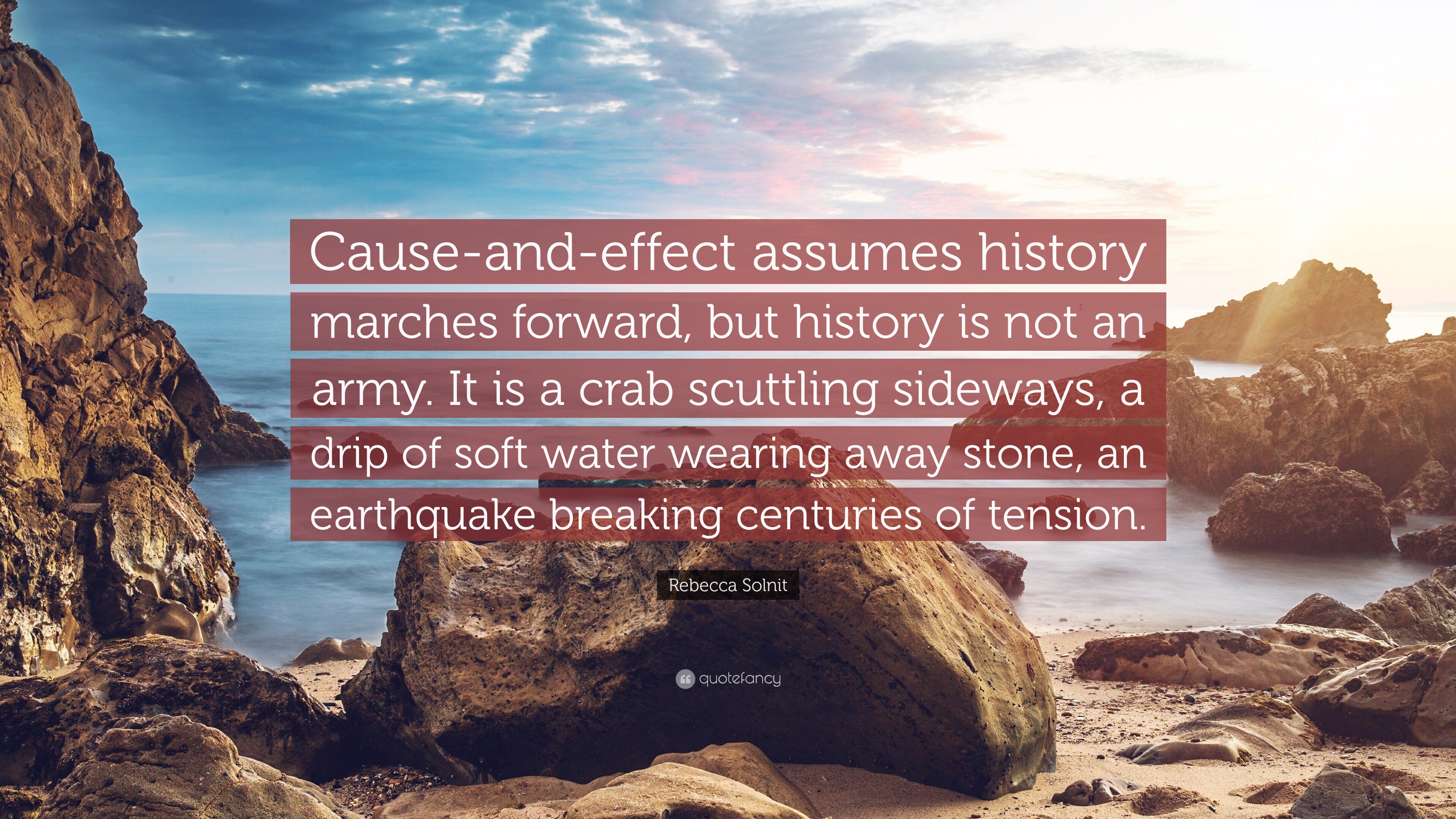Cause and effect is a fundamental concept in history that helps historians and others understand how events and trends are connected. By examining the causes of past events, we can gain insight into why they happened and what factors contributed to their occurrence. Similarly, by studying the effects of historical events, we can understand their impact on society and how they shaped the world we live in today.
One example of cause and effect in history is the Industrial Revolution. The Industrial Revolution was a period of rapid industrialization that occurred in Europe and North America in the late 18th and early 19th centuries. It was characterized by the development of new manufacturing processes, the growth of factories, and the increased use of machines.
The causes of the Industrial Revolution were many and varied, but some of the most important included advances in technology, such as the steam engine and the power loom, and the availability of cheap labor and raw materials. These factors enabled manufacturers to produce goods more efficiently and at a lower cost, leading to increased demand for their products.
The effects of the Industrial Revolution were far-reaching and profound. It led to the growth of cities and the expansion of trade, as well as the creation of new job opportunities in factories. It also led to significant social and economic changes, including the rise of the middle class and the growth of capitalism.
However, the Industrial Revolution also had negative effects, including the exploitation of workers and the negative impact on the environment. Many people worked long hours in hazardous conditions for low pay, and the increased use of coal and other fossil fuels led to air and water pollution.
Another example of cause and effect in history is the Civil Rights Movement in the United States. The Civil Rights Movement was a social and political movement that sought to end segregation and discrimination against African Americans. It began in the 1950s and continued into the 1960s, and included a number of significant events and figures, such as the Montgomery Bus Boycott and Martin Luther King Jr.
The causes of the Civil Rights Movement were rooted in the long history of racial inequality in the United States, as well as in the resistance and activism of African Americans and their allies. The movement was sparked by a number of incidents, such as the 1954 Supreme Court decision in Brown v. Board of Education, which declared segregation in public schools to be unconstitutional, and the 1955 arrest of Rosa Parks, who refused to give up her seat on a bus to a white person.
The effects of the Civil Rights Movement were significant and enduring. It led to the passage of important civil rights legislation, such as the Civil Rights Act of 1964 and the Voting Rights Act of 1965, which prohibited discrimination on the basis of race, color, religion, sex, or national origin. It also contributed to the overall social and political progress of African Americans and other marginalized groups in the United States.
In conclusion, cause and effect is a crucial concept in understanding history. By examining the causes of historical events and the effects they had on society, we can gain a deeper understanding of the past and its relevance to the present.








